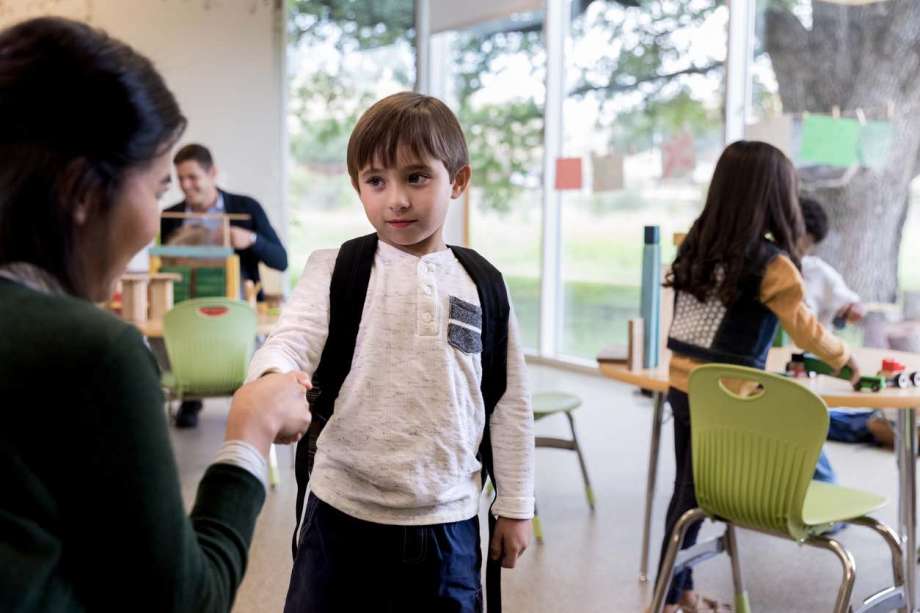Behavioral Characteristics of Autism Spectrum Disorders
Read a list of the behaviors that someone with an autism spectrum disorder may exhibit.

Behavioral Characteristics of Autism Spectrum Disorders
A word of caution: this list is not meant to be a diagnostic checklist, but is intended to give you some ideas of the types of behaviors someone with an autism spectrum disorder (ASD) may exhibit. Remember, it is the number and severity of these behaviors that may lead to talks with a professional about performing a diagnostic assessment.
Some of these behaviors are seen on one end of the spectrum (e.g.,classic autism); others on the opposite end (e.g., high-functioning autism, Asperger's syndrome).
Impairment of Social Relationships- As a baby, does not reach out to be held by mother or seek cuddling
- Does not imitate others
- Uses adult as a means to get wanted object, without interacting with adult as a person
- Does not develop age-appropriate peer relationships
- Lack of spontaneous sharing of interests with others
- Difficulty in mixing with others
- Prefers to be alone
- Has an aloof manner
- Little or no eye contact
- Detached from feelings of others
- Does not develop speech, or develop an alternative method of communication such as pointing and gesturing
- Has speech, then loses it
- Repeats words or phrases instead of using normal language (echo-lalia)
- Speaks on very narrowly focused topics
- Difficulty in talking about abstract concepts
- Lack or impairment of conversational skills
- Inappropriate attachment to objects
- Obsessive odd play with toys or objects (lines up or spins continually)
- Does not like change in routine or environment (going to a different place, furniture moved in house)
- Will eat only certain foods
- Will use only the same object (same plate or cup, same clothes)
- Repetitive motor movements (rocking, hand flapping)
- Peculiar voice characteristics (flat monotone or high pitch)
- Does not reach developmental milestones in neurotypical time frame or sequence
- Low muscle tone
- Uneven fine and gross motor skills
- Covers ears
- Does not respond to noise or name, acts deaf
- Does not react to pain
- Becomes stiff when held, does not like to be touched
- Becomes hyperactive or totally nonresponsive in noisy or very bright environments
- Eats or chews on unusual things
- Puts objects to nose to smell them
- Removes clothes often
- Hits or bites self (hits head or slaps thighs or chest)
- Whirls himself like a top
- Has temper tantrums for no apparent reason and is difficult to calm down
- Hits or bites others
- Lacks common sense
- Does not appear to understand simple requests
- Frequent diarrhea, upset stomach, or constipation
Many of these behaviors are the person's responses to how he or she is processing the immediate environment. The typical meaning behind certain behaviors is discussed here.